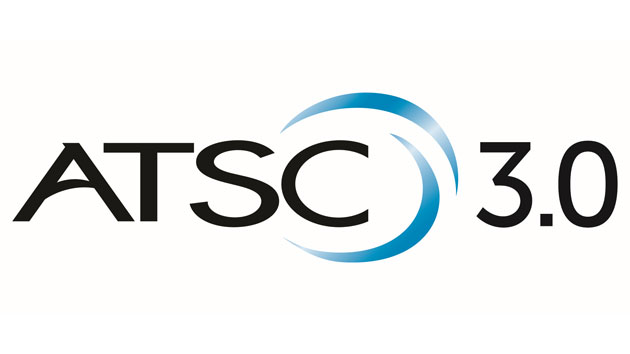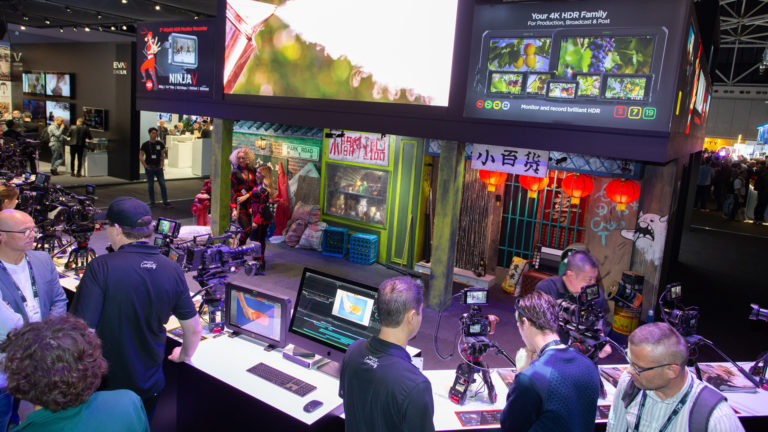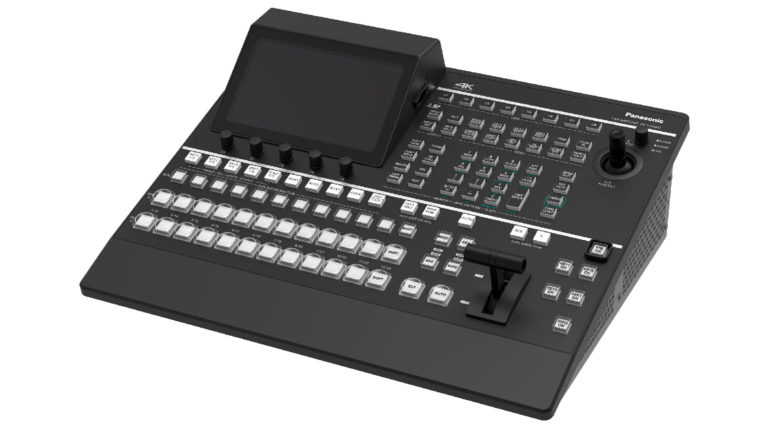ATSC 3.0 is almost ready for prime time, according to speakers at the TV2020: Monetizing ATSC 3.0 conference organized by TVNewsCheck and presented at NAB New York last week.
Final approval of most ATSC 3.0-related documents is expected to come later this year, according to Fox Network Engineering and Operations EVP and GM Richard Friedel. "I'm very confident that, by NAB, we'll be able to say we have a fully capable standard that's enabled for broadcasting," Friedel said during a panel discussion.
Best World Series Ever?
As proof that ATSC 3.0 is nearly ready for prime time, Friedel noted that Fox actually broadcast the 2016 World Series in Cleveland using ATSC 3.0, a feat that he suggested wouldn't have been possible if the industry weren't poised for adoption.
The broadcast used an ATSC 3.0 exciter from GatesAir for transmission, ATSC 3.0 receivers and antennas from LG Electronics, real-time HEVC and Dolby AC4 encoders from Harmonic, and signaling/announcement metadata, IP stream generation, ATSC 3.0 analysis and system integration support from Triveni digital, the ATSC said. "If it were really still an 'experiment,' you couldn't do that," Friedel said.
It's IP over the Air
In a rundown of ATSC 3.0's capabilities, Friedel said it's important to remember that the new technology means over-the-air transmissions will be based in IP technology for the first time. Later in the discussion, his co-panelist John Taylor, VP of Public Affairs at LG Electronics, showed off a wireless network antenna that he suggested could be stashed inside a closet or on top of a kitchen appliance. From there, it would receive an over-the-air ATSC signal and distribute it via Wi-Fi to every device in the home.
"That's not to say receivers won't be coming in every device," Taylor said. "The day will come when ATSC receivers are in your mobile devices as well."
Among the other capabilities of ATSC 3.0? For the first time, viewers will be able to control the prominence of dialog in the overall sound mix as part of the broadcast standard, allowing dialog levels to be raised during night-time viewing, for example. Under ATSC 3.0, linear ads in live broadcasts can be replaced with targeted ads based on geography or demographics. That could make broadcast a competitive environment for highly customized advertising for the first time. Audience measurement techniques are also more advanced, with ATSC 3.0 promising to provide better tracking of who's watching what. And the Emergency Alert System will have the ability to wake up ATSC 3.0 devices in emergency situations.
Making the Right Choice
Broadcasters will have quite a bit of latitude to decide what to do with their ATSC channels. Friedel said a single 6 MGz ATSC 3.0 channel has 36 "capacity units." (That's almost a threefold increase over the original ATSC spec, which offered 13 capacity units.) That means an ATSC 3.0 channel can hold a single UHD program, multiple HD programs (they take up six or 12 units each, depending on frame rate), or up to 36 SD programs.
It's not enough capacity, however, that bandwidth will not remain a primary concern. And that might mean that the future of broadcasting is not in UHD at all, but in high dynamic range (HDR) — or, rather, in what broadcasters are calling "HDR+".
HDR is mostly thought of as a 4K technology, since the first TV sets to enable it are UHD models, but there is no good reason HD content can't be encoded in HDR, then upres'd to 4K by the TV set. That's where HDR+ comes in. It's an HD-resolution stream that features HDR, wide color gamut, and 10-bit color depth (to eliminate the color banding that is arguably the most unsightly characteristic of HDTV images). Matthew Goldman, SVP of Technology, Media and Entertainment at Ericsson, said the increased payload when HDR+ content is delivered to consumers is at most 20% more than a standard HD stream, while HFR (60p to 120p) could require a 30% increase in bandwidth to the home and 4K can increase the required bandwidth by as much as 250%.
"If you want to get the best bang for the bit, what are you going to do?" Goldman asked the audience rhetorically. "I think you should look at doing 1080p HDR+. If you have the bandwidth, do the 4K. But if you don't have it, seriously, take a look at this. You can get, for a small increase in bandwidth, a much better user experience."
Details, Details
But it's not all sunshine, Goldman warned. For one thing, there is concern about "video loudness." Think of it as an analog to one of those commercials that comes on and blasts you out of your chair with a higher apparent volume than the programming around it. The same problem can occur if a dark crime drama is suddenly interrupted by a commercial shot with the camera pointing into extremely bright sunshine. "Unless you want to watch TV at home with sunglasses on, this is going to be an issue," he said.
HDR will create issues for live production workflows, where mixing HDR and SDR material poses challenges. And HDR is not yet backward compatible, Goldman warned, citing six factors that must be accounted for if a single program stream is to be adequate for both HDR and non-HDR display: dynamic range, color space, bit depth, spatial resolution, temporal resolution, and video encoding standards. Until all six of those conditions are met, he cautioned, an SDR simulcast will still be required.
Crafts: Broadcasting
Topics: Blog Technology atsc 3.0 nab new york
Did you enjoy this article? Sign up to receive the StudioDaily Fix eletter containing the latest stories, including news, videos, interviews, reviews and more.











Leave a Reply